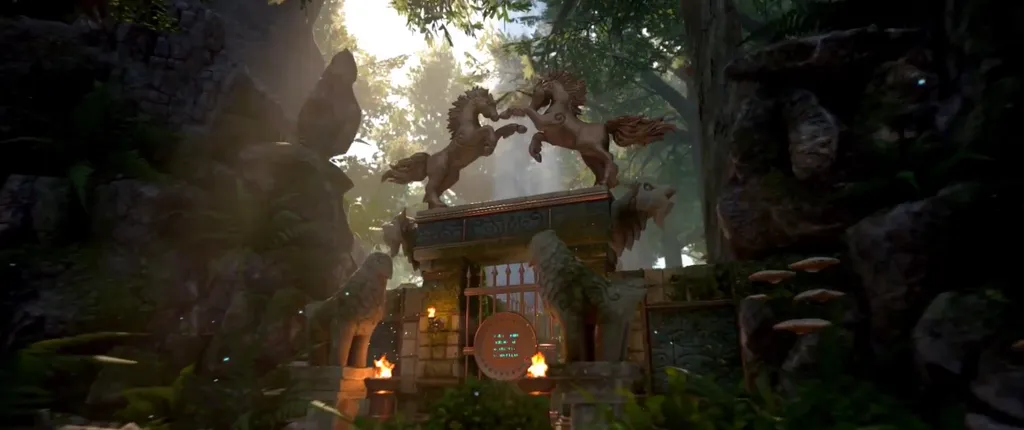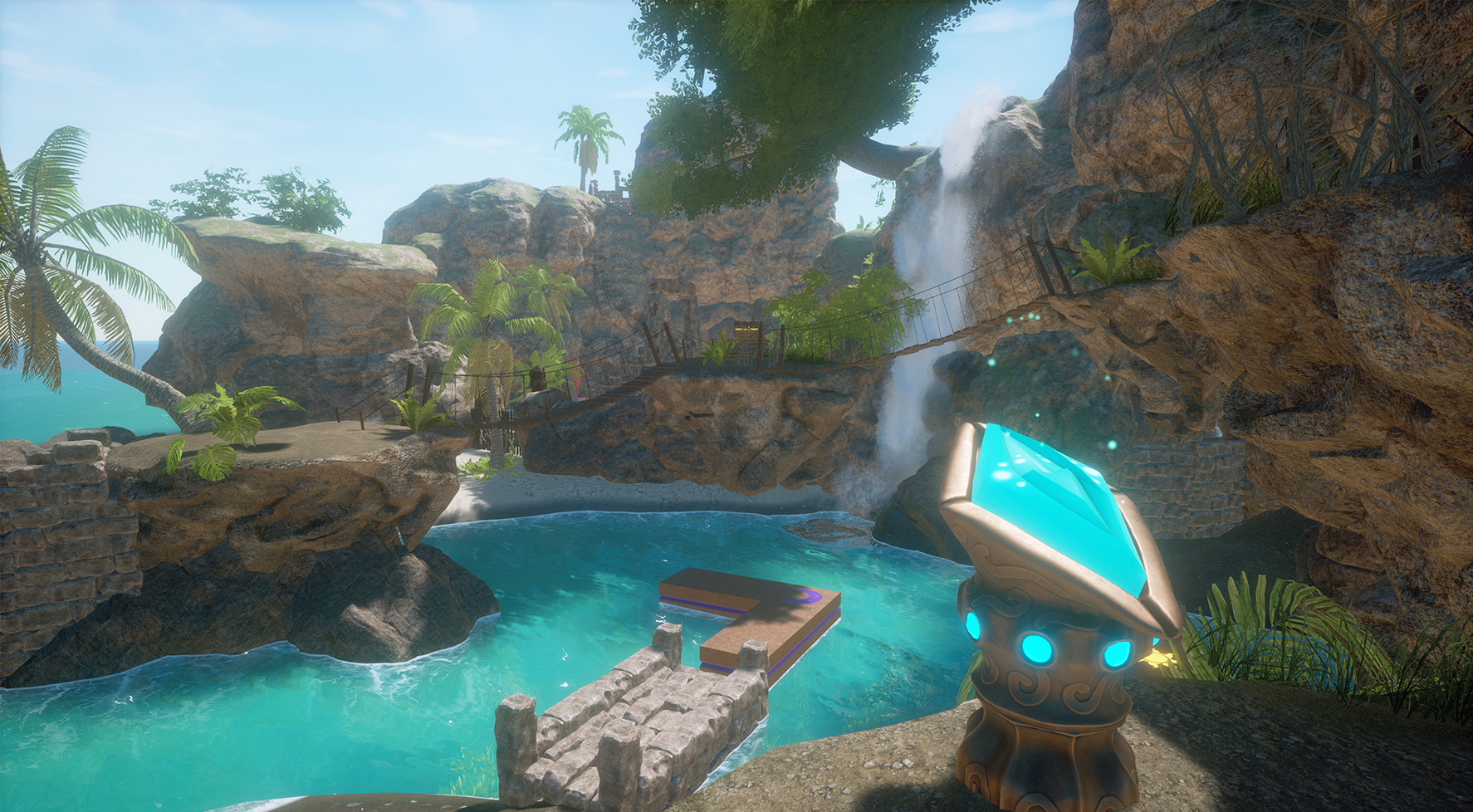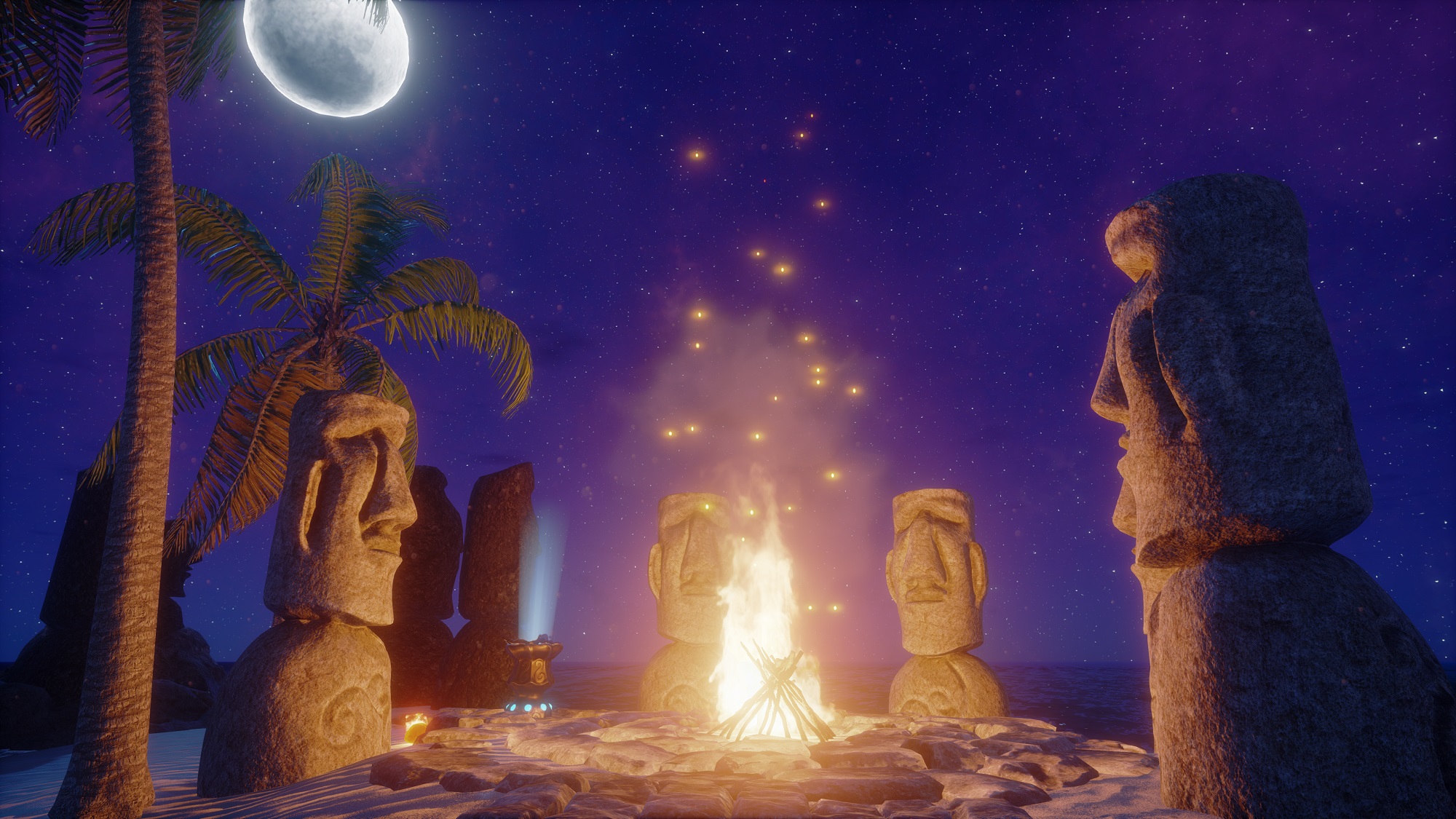If you’re a living, breathing person on the planet Earth, then you’ve probably found yourself wondering about the afterlife. “What happens when we die?” has been a popular philosophical, scientific, and religious question for centuries. Xing: The Land Beyond doesn’t claim to have all the answers, but it does endeavor to make you scratch your head and think a bit.
Instead of focusing on intense combat or fast-paced gameplay, Xing is a more introspective and deliberate VR game. Fans of classics like Myst and modern titles such as Obduction and other puzzle-focused adventure games will likely find a lot to love here. With the game less than a month away from release we got the chance to go hands-on with the latest Steam version of the build using an HTC Vive and came away very impressed with the game’s direction.
You can see some footage from our demo right here:
The first time I played Xing was all the way back at Sony’s 2016 Game Developers Conference (GDC) showcase. Interestingly it’s now slated to drop on Steam for Rift and Vive first, but that’s just the way the cookie crumbles sometimes. Luckily the wondrous beauty and thoughtful design is still intact and Xing is shaping up to be a real treat for genre fans.
In Xing you experience everything from the first-person perspective and spend your time exploring environments such as the one pictured below and shown above in the gameplay video. One of the things that really struck me with Xing is just how beautiful it is. From the moment you step foot in its magical world the sights and sounds are tantalizing and it makes you want to walk around and explore everything just for the sake of it.
During the first 20 minutes I played of the game for this hands-on article the puzzles were pretty simple but showed good evolution and should be a clear indication of the thought and care that went into the game’s development. In one situation I had to press a button to rotate floating platforms before I could cross a pond. Some platforms only rotated during the day and some only rotated at night so I had to also toggle the time of day as well as rotate the platforms themselves. It was a clever way to iterate on the basic platform rotation puzzle I’d seen earlier in the demo.
Simply stopping to watch as the world around me changed when the moon was rising would alone be enough payoff for a job well done in other VR games but it’s just part of the experience in Xing. I can’t wait to see what the other worlds look like and how their themes are utilized to make the challenges as memorable as possible.
The only real issue I ran into while playing my demo of Xing is that the movement system was a bit unclear at first. I was playing on Vive and as it turns out I needed to point the left controller (represented as a pseudo-wand of sorts in the game world) in the direction I wanted to go while holding down the track pad. My first instinct was to press my thumb on the directional area of the track pad I wanted to go (such as in Onward) but I got the hang of it eventually.
Interactions were simple and limited to pointing, clicking, and moving things around. But that is to be expected as the point-and-click adventure games that inspired Xing most directly all featured similarly basic gameplay mechanics in favor of a richly detailed world and thought-provoking puzzles. It’s shaping up to follow precisely in those footsteps.
Xing: The Land Beyond is releasing on Steam for Rift, Vive, OSVR, and non-VR PCs next month on September 18th, 2017 and will be coming to PlayStation VR (PSVR) shortly after that. You can read our detailed Q&A with the developers right here in preparation for its release in less than a month.
Let us know what you think of the game so far down in the comments below! Do you plan on picking it up in a few weeks?


























